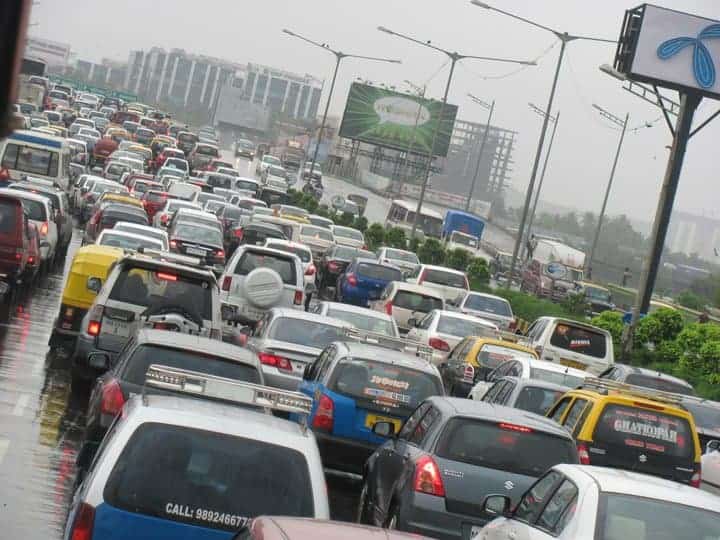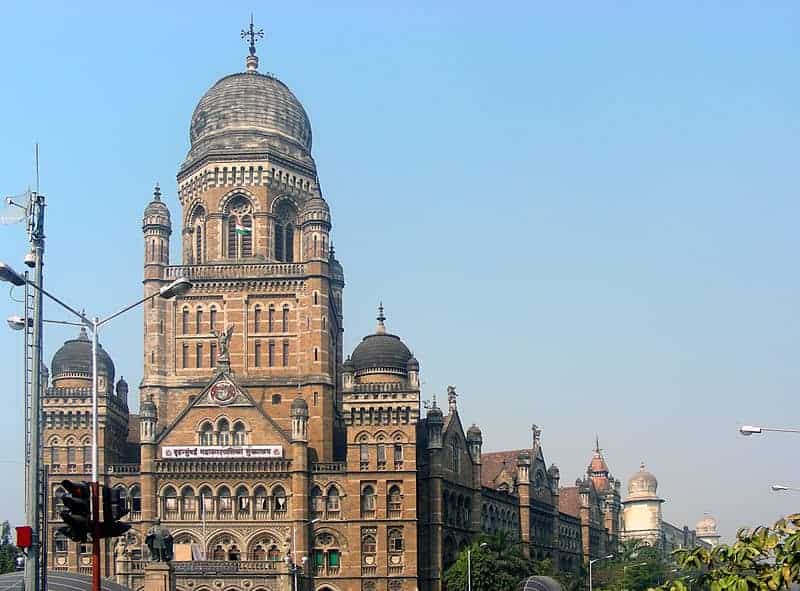Several large municipal councils in the country have budgets which could be the envy of a small state government.
A case in point is Brinhanmumbai Municipal Corporation, the corporation that runs Mumbai (20-21 Budget: 33,000 Crores). With such large budgets and huge manpower to execute the works, why is almost every civic facility in Mumbai in a sorry state? Roads, water supply and drainage, sanitation and healthcare facilities, municipal schools etc. scarcely bear any comparison with similar such facilities in more civilised countries.
The answer is not far to seek. To prove the point, a recent news item in the Indian Express should speak volumes. “Corporators reject BMC proposal to appoint third party auditors to review civic works”. According to the proposal, four government run institutions were to be hired for five years to supervise and perform quality checks on civic works like road repair, construction of school buildings and hospitals and water projects. These institutions are such reputable ones as Veermata Jijabai Technological Institute, Sardar Patel College of Engineering, College of Engineering Pune and Certification Engineers International Limited.
Third party audit is nothing new, but hitherto third-party audits were done by private firms and results were poor. The reason for rejecting the proposal was that it will mean incurring additional expense and that the civic body’s engineers are capable of monitoring the standards!
This raises a vital question – why aren’t any audits being carried out by the Comptroller and Auditor General? Constitutionally CAG has the remit to carry out any and every audit. It spends considerable time and resources auditing Central Public Sector Units and Public Financial Institutions, which are only indirectly funded by the taxpayer. Given the misuse of taxpayers’ funds by local administration, the spectre of CAG audit will bring about a level of accountability. Since, as of now, there is no accountability to speak of, corporators and civic body officials misuse public funds without any checks and balances.
So far, Chhattisgarh is the only state which has invited CAG to carry out audit of its local bodies.
Municipal project approvals
We have seen how perfectly serviceable roads are ripped up and re-laid under the ‘concretisation’ plan. A concrete road surface is expected to last 30 to 40 years but in our cities, they start deteriorating after a couple of monsoons. The arrival of monsoon causes dramatic deterioration of roads during and after the monsoon, despite the vast sums that are spent ‘repairing’ these roads.
In fact, monsoon repairs have become milch cows for the municipal bodies, a constant source of joy not for the users but for the corporators and officials of these bodies. Building flyovers where none are needed is another perennial ‘water resource’ to quench the thirst of the officials. How many of us can walk on a footpath in our cities without having to step down onto the road to avoid ditches, accumulated rubbish piles, exposed cables, or overflowing drains? Even if all these are fortuitously missing, one will always find vehicles parked on footpaths. Obviously, our civic officials believe that footpaths are meant for everything except walking! And then they start ripping up and relaying the footpaths!
The fundamental issue is the lack of accountability. Accountability has to be the dominant theme in the functioning of any publicly funded body. In case of municipal bodies, it must start at the project stage – is this project necessary at all? This can apply to as small a thing as re-laying a footpath to larger projects such as constructing bridges and public buildings. In most of the better governed countries around the world there is a clearly laid down stakeholder consultancy process. In several countries, building plans in residential areas are placed in public domain for obtaining the views of the residents affected by the development, and if there is substantive opposition, such plans a are shelved or modified. No such process entailing public scrutiny of plans and budgets is in place in India. Our elected leaders decide on what is good for their ‘praja’. Even if such exalted motives are at play, it is widely known that all public projects are decided on the criteria of the ‘income’.
A case in point is a ‘multi-storeyed underground parking lot’ being built in a municipal area in Thane. This used to be a playground where children used to play games and weekend markets were held for selling farmer’s products. The most important thing was that this was one of those open, unpaved spaces which help rainwater percolation and drainage.

One fine day the municipality decided to build a multi-storeyed underground parking lot. The ground was fenced off and the excavation work began. This place is a reservation for a playground and the urban development department of Government of Maharashtra accorded sanction for underground parking lot without changing the existing use – the parking would be underground and the playground will be above the parking area! Local residents protested that this will not only deprive them of open spaces but also create waterlogging, traffic congestion and possibly a refuge for drug peddlers and other antisocial elements. Finally, one of the active residents went to the court. Lo and behold, the very next day a gaggle of corporators, cutting across party lines, visited the site and grandly declared that such worries are unfounded and that the underground parking facility will meet a crying public need.
Following this visit the work on the project gathered further momentum, presumably to present a fait accompli when the legal challenge comes up for hearing. In similar vein, at this very moment, a perfectly good promenade surrounding the central lake in the city has been ripped up to ‘beautify’ it. This when the roads are in pathetic conditions, the state of municipal schools and hospital is deplorable and the municipal transport is at breaking point for want of funds!
Another case within the BMC area is of a small lane in a quiet residential colony. This lane, perfectly serviceable, was ripped up a few years ago and re-laid with ‘paver blocks’ which upset the natural slope and drainage of the lane. This year again the municipality has issued a notification that this lane is being ‘concretised’. A small lane where hardly any vehicles ply apart from the residents’ cars. The reasons are not far to seek – private fortunes are built out of public works in our country.
Who gets elected and why
Democracy, in the country, boils down to the quality of the corporators and the logical question is why those elected are elected. This author has witnessed an election where the elderly voters in a deprived area were given free trips to nearby pilgrimage sites and they voted overwhelmingly for an unsavoury candidate. That section of populace which cares for better civic facilities simply does not go out and vote.
The legislative framework around the governance of the local bodies needs to be adapted to reflect ground realities. An average corporator’s overwhelming task is to collect funds for the political party which gives him the ‘ticket’. Such a person might use the opportunity to line his pockets too. To ensure public funds are not spent to line the corporators pockets, transparency in planning and executing any project must be built into the process. This can be ensured through a robust public consultation mechanism as well as a public audit of every project – not merely the accounting ledgers of the corporation.
The other side of the coin is that the residents have to actively participate in civic life – most of the people are indifferent to their own responsibility in ensuring good governance. The first step in this direction is to go out and vote in municipal elections, this will go a long way in ensuring that the corrupt and the unsavoury are held accountable during the election. The second part of the same initiative is to form ‘mohalla committees’ who will have a formal role in consultation process. In the final analysis, it boils down to an alert citizenry which recognises that good governance can only be secured through eternal vigilance and active engagement with civic affairs.
Sadly, in the instance of the parking lot quoted earlier in this article, none of the ‘enlightened’ residents in the area bothered to come out and support the efforts of the individual who went to the court!

Well written. Most of the corporators are local powerful leaders who owns slums and or only interested in their local issue which benefits them and helps them I getting them elected again
The author has presented the picture in the most apt words. The facts are known to the public who is already resigned to fate.it is true that the ‘enlightened’ residents don’t even bother to cast their votes. However, it is almost impossible to find a non-corrupt candidate among any political party.I do make it a point to cast my vote, with full knowledge that I hardly have a choice. The situation is precarious.